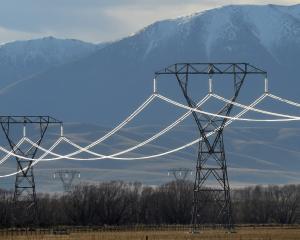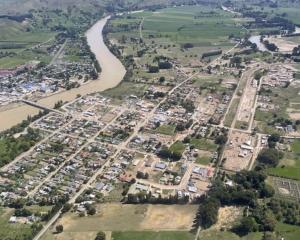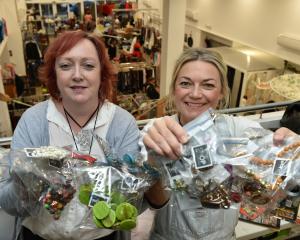Rain has fallen in most of the nation's dairying areas over the last week or so, but Fonterra chairman John Wilson said it will take six weeks to determine whether the drought that has hit most of the country has caused any lasting damage.
Wilson said milk production had been very strong until February, when the drought started making its presence felt. Since then, production had fallen back sharply.
Speaking after a blessing of the site of Fonterra's new UHT milk processing plant at Waitoa, Wilson said the drought had hit most of the country - with the exception of much of Canterbury, which had escaped the worst of it through irrigation.
"This rain has been great, but much will depend on the next six weeks as to whether we can turn this around or not," Wilson told APNZ.
Current conditions were in stark contrast to last autumn, which was exceptionally strong.
Wilson said that by the time this season finishes at the end of May, production could be down by 1-2 per cent compared with the previous season's.
He said dairy farmers' cashflows were "under the pump" and Fonterra had much less milk to sell into what had been an exceptionally strong dairy product market, he said.
"Now it depends on how long it stays warm to get that grass growth, because average grass cover on our farms is very, very low," he said. "We need soil temperatures to stay warm over the next six weeks to be able to utilise this soil moisture to get the grass growth," he told APNZ.
Good grass-growing conditions would be required to get cows back into condition for calving around July and August, he said.
Wilson said farmers will be hoping for a mild winter, but the length and intensity of the summer could have long lasting implications.
Chief executive Theo Spierings said production volume had fallen very quickly to the point where Fonterra was having to allocate product for some customers.
"It means we have underutilised assets because the milk is not there, and we are putting some of our customers on allocation, which is not the best place to be," he said.
Spierings said Fonterra had advanced money to some of its more distressed farmers as a result of the drought.
Federated Farmers said farmers were pinning their hopes on winter holding off for a few more weeks to maximise pasture growth.
"We have heard from nearly all our provincial presidents that the rain has broken the drought in their areas and that grass is growing again," Federated Farmers adverse events spokesperson Katie Milne said.
"Some areas had a bit too much rain, while others are still a bit dry, but overall the rain brought by last weekend's subtropical trough was exactly what was needed, with grass growth returning to many areas," she said.
"However, farmers will now be working to recover as much pasture as possible before winter and now hope that frosts do not arrive to stop growth."
Mike Petersen, chairman of New Zealand Beef and Lamb, said it was too early say that the drought had broken. "There is no doubt that the effects of this drought will be felt for a number of years, and the real challenge for us all is to ensure we try and confine the losses to this production year as much as possible," he said.
Meanwhile, Spierings said the $126 million UHT plant at Waitoa would be running from April 2014, enabling Fonterra to increase production of high-margin UHT product by 100 per cent over the next few years.
The five new UHT lines will produce a range of products including UHT white milk and UHT cream for the food service sector, which generates more than $1 billion in sales a year for the cooperative. UHT milk from Waitoa will be destined mostly for the export market, mostly to Asia.












